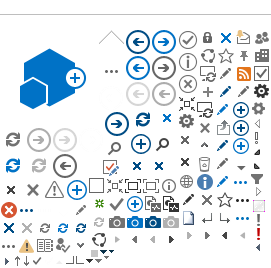Anyone can have a stroke.
And because brain damage happens fast with a stroke, knowing the signs and calling emergency services right away makes recovery more likely.
It can even save a life.
There's a simple way to remember the main signs of a stroke.
It's called BE FAST, and it helps you know when you need to call for emergency help.
BE FAST stands for: Balance.
Eyes.
Face.
Arms.
Speech.
And time.
Here's how to check for each of the BE FAST signs: Is the person suddenly having trouble walking or having trouble with their balance?
Or have they fallen?
Is the person having trouble seeing out of one or both eyes?
Or do they suddenly have blurred vision or no vision?
Ask the person to smile.
Does the smile look uneven or droop on one side of their face?
Ask the person to raise both arms out to the sides.
Does one arm hang lower than the other?
Or is one arm or hand weaker?
Ask the person to repeat a short phrase.
Is their speech slurred or hard to understand?
Or are they having trouble understanding you?
If you notice any of these signs, it's time to call for emergency help right away.
So remember when a person has trouble with their balance, eyes, face, arms, or speech, it's time to call.
Knowing and understanding BE FAST can help you make a quick decision about when to call for help.
It's also important to remember that there are other stroke symptoms to watch for.
These symptoms include sudden confusion or a sudden, severe headache.
And they can include fainting or a seizure.
Now, even if you're not sure or the symptoms go away, call to get emergency help.
Being fast is important.
Because with every minute during a stroke, more damage can happen to the brain.
A stroke can cause serious problems and can even be deadly.
But by knowing the signs—and getting help as fast as you can— you can give someone who's having a stroke the best chance for recovery.
